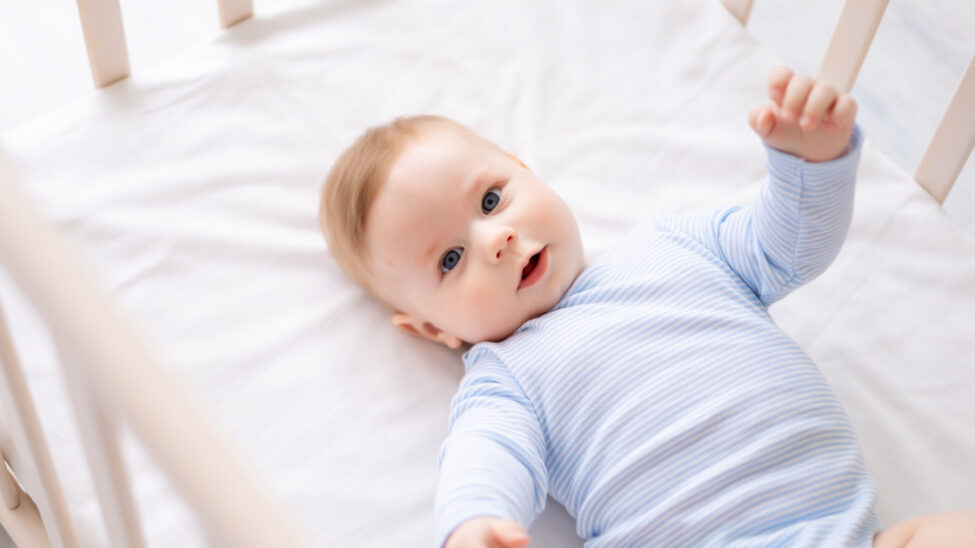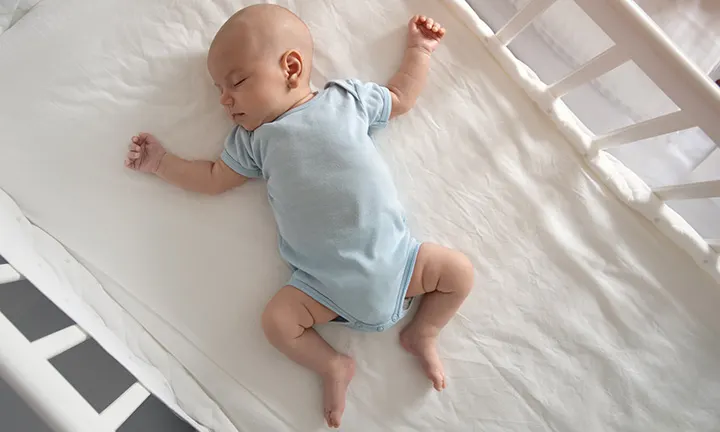
Embarking on the Journey: Understanding Your Baby’s Sleep Needs
Welcoming a newborn into your life brings immense joy and a fair share of decisions. One of the first and most crucial choices you’ll face is selecting a crib. This isn’t just about aesthetics or matching nursery themes; it’s about ensuring your baby’s safety and comfort during those precious hours of rest.
As a sleep consultant and a mother, I’ve navigated this path both professionally and personally. I recall the countless hours spent researching, comparing, and second-guessing every option. Through this experience, I’ve gathered insights that I hope will guide you in making an informed decision.
Crib vs. Bassinet: Weighing the Options
In the early days, many parents consider using a bassinet due to its compact size and portability. While bassinets can be convenient, especially for room-sharing, they are typically suitable only for the first few months. Cribs, on the other hand, offer longevity and are designed to accommodate your baby as they grow.
I remember setting up a bassinet next to our bed, thinking it would make nighttime feedings easier. It did, but our little one outgrew it faster than anticipated. Transitioning to a crib became necessary sooner than we thought. If I could do it again, I might have started with a crib that allowed for close proximity.
Safety First: Essential Features to Consider
When selecting a crib, safety should be your top priority. Here are key features to look for:
- Fixed Side Rails: Avoid cribs with drop-side mechanisms, as they have been banned due to safety concerns.
- Slat Spacing: Ensure slats are no more than 2 3/8 inches apart to prevent your baby’s head from getting stuck.
- Sturdy Construction: The crib should be free from sharp edges, loose parts, and should not wobble.
- Non-Toxic Finish: Babies tend to chew on crib rails; ensure the paint or finish is lead-free and safe.
It’s tempting to accept a hand-me-down crib from a friend or family member, but always verify that it meets current safety standards. Older models may not comply with today’s regulations and could pose risks.

Mattress Matters: Ensuring Comfort and Safety
A crib is only as safe as the mattress it holds. Here’s what to consider:
- Firmness: A firm mattress reduces the risk of suffocation and supports your baby’s developing bones.
- Fit: The mattress should fit snugly within the crib frame, with no gaps larger than two fingers between the mattress and the crib sides.
- Material: Opt for mattresses made from breathable materials to enhance airflow and reduce overheating.
I once purchased a mattress that seemed perfect online, only to find it left a noticeable gap in the crib. It was a hassle to return, but safety isn’t something to compromise on.
Convertible Cribs: Growing with Your Child
Convertible cribs can transform into toddler beds, daybeds, or even full-sized beds, offering longevity and value. While they may come at a higher initial cost, they can be a worthwhile investment.
However, ensure that all conversion kits are included or readily available. Some parents have found themselves unable to locate the necessary parts years later, rendering the conversion feature useless.
Placement and Room Setup: Creating a Safe Sleep Environment
Where you place the crib is as important as the crib itself. Keep the following in mind:
- Distance from Windows: Position the crib away from windows to avoid drafts and potential entanglement with cords.
- Avoid Hanging Items: Refrain from placing mobiles or decorations that could fall into the crib.
- Temperature Control: Maintain a comfortable room temperature to prevent overheating.
In our nursery, we initially placed the crib near a window for natural light. However, we soon realized the morning sun was disrupting our baby’s sleep. A simple rearrangement made a significant difference.
Accessories and Bedding: Less is More
While it’s tempting to adorn the crib with plush toys, pillows, and blankets, these items can pose suffocation hazards. The safest sleep environment includes:
- A fitted sheet designed for the crib mattress.
- No pillows, blankets, or stuffed animals.
- Consider using a wearable blanket or sleep sack for warmth.
I once received a beautiful crib bumper as a gift. It looked lovely, but after researching, I learned that bumpers can increase the risk of suffocation. It now serves as a decorative piece outside the crib.
Regular Maintenance: Ensuring Ongoing Safety
Periodically inspect the crib for:
- Loose screws or bolts.
- Cracks in the wood or frame.
- Signs of wear and tear.
Regular checks ensure that the crib remains a safe haven for your baby.
Making the Best Choice for Your Family
Choosing the right crib involves balancing safety, functionality, and aesthetics. Take your time, do thorough research, and don’t hesitate to ask questions. Remember, the best crib is one that ensures your baby’s safety and fits seamlessly into your family’s lifestyle.
For further information and safety guidelines, consider visiting the following resources:


